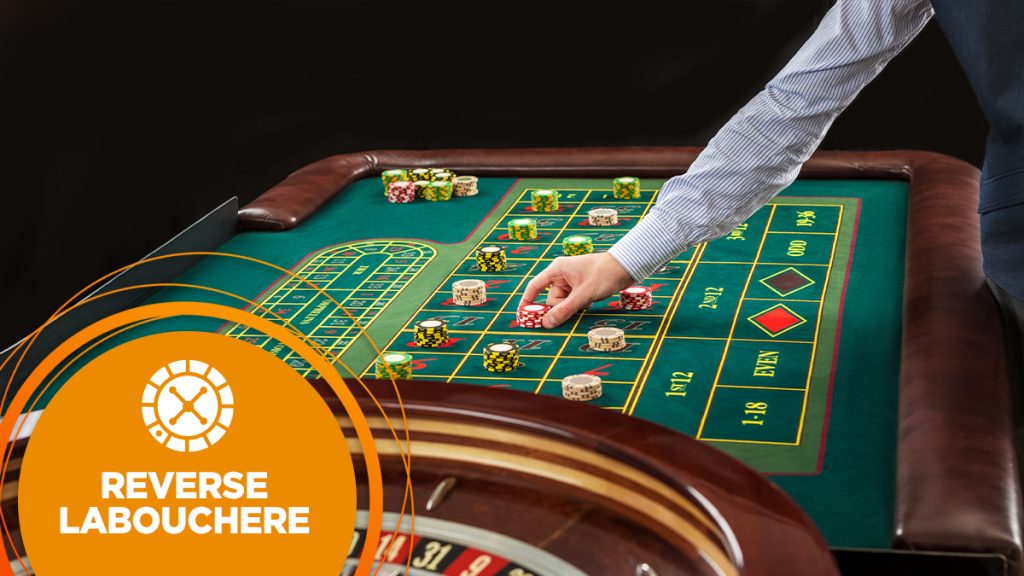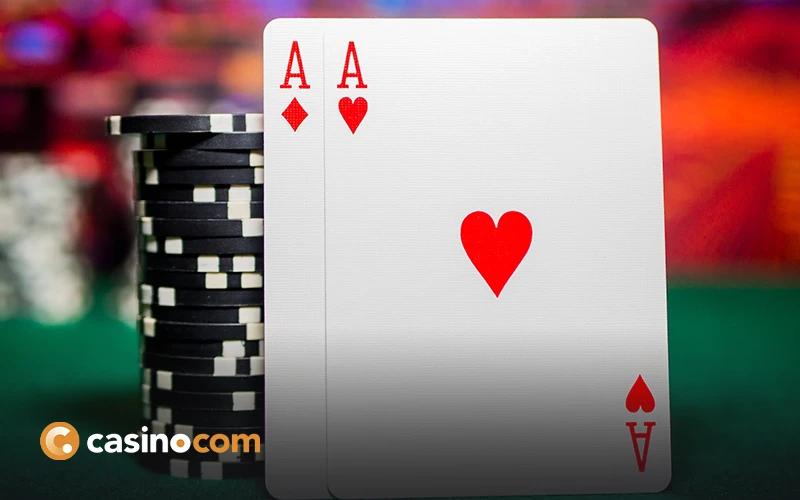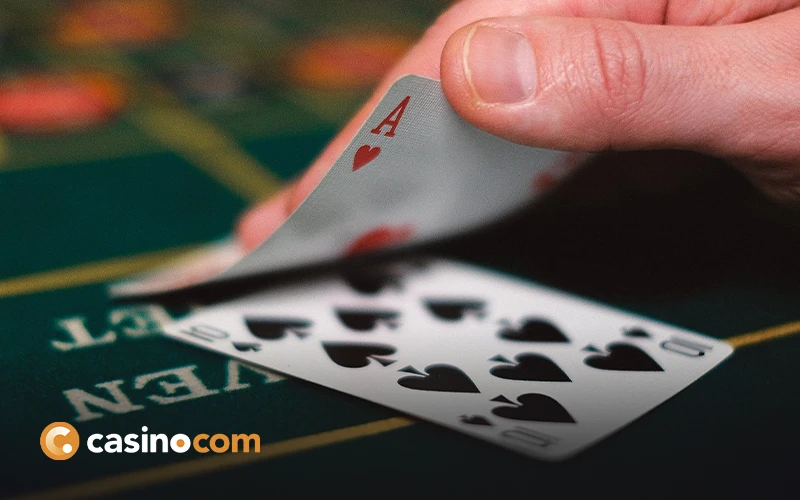Whether it’s the weekly lottery, a sporting match, or a video game, everybody wants to win. However, the reality is that, if victory was inevitable, there would be no point in taking part in competitive activities anymore. On the surface, this is why anything that proclaims a guaranteed win in a game of skill or chance is flawed.
In casino games, there have been plenty of efforts to ‘game’ experiences like roulette and blackjack, usually by memorising cards or patterns or betting in certain ways. Depending on the game in question, players have met with varying levels of success using these strategies. Ultimately, though, anything that goes on in a casino has too much of an element of luck to lend itself to any particular way of playing a game.

The Problem with (Some) Betting Systems
Roulette systems typically concern themselves with covering losses with large wins (however long that might take) and otherwise keeping a player in the game as long as possible. In the latter case, this might mean proceeding in such a way that damage to the player’s bankroll is minimised at the cost of a lower potential reward. However, many betting systems base their overall hypothesis on unlimited time and funds.
To use an example, the Martingale roulette strategy is based upon a concept known as the gambler’s fallacy. This postulates that a coin toss that lands heads is more likely to be tails on the next throw simply because heads has already gone. This can be extrapolated to the point that three or more tails in a row means that tails are three or more times likely on the next go. Of course, this is false, as the odds are always 50:50.
In the Martingale system, beginning on a loss, players must bet until they win, the idea being that a bet must go their way eventually. There are plenty of legends that have proven this strategy dangerous, including a much-cited one from Monte Carlo in the early 20th century, when a roulette ball landed in black 26 times. The odds of that occurring aren’t even worth thinking about but they would have cost a genuine fortune to play through.

Labouchere and the Reverse Labouchere
Let’s introduce another system, the Reverse Labouchere. It’ll make much more sense if we introduce the standard Labouchere method first, though. So, in brief, the Labouchere strategy is used on even-money wagers, such as even/odd and red/black in roulette. Simply create a sequence of numbers of any description, taking note of two points:
· The combined total of the first number and the last will represent the value of your stake each turn.
· The sum of these numbers is the maximum amount of money you can earn during each session.
Let’s take 4-5-6 as an example. In the following scenario, we’ll add your stake (the total of your first and last numbers) to the end of the chain on a loss and, on a win, delete them. At this early point, the latter scenario leaves us with a single 5, in which case, we’ll add another 5. The objective is to remove all numbers from the sequence.
Anyway, with our numbers list of 4-5-6:
Bet 10 (4+6).
- On a loss, add the stake to the end of the number chain, as in 4-5-6-10.
- On a win, remove everything but the two stake numbers, giving 5. Add another 5 so that the sequence can continue.
Continuing on a loss:
Bet 14 (4-5-6-10)
- On a loss, add the stake to the end of the number chain, as in 4-5-6-10-11.
- On a win, remove everything but the two stake numbers, giving 4-10.
As you should (hopefully see), the player will never be able to earn back more than the initial stake, in our case, 10. It also wouldn’t be unfair to inventor Henry Labouchere to call it a little overcomplicated for the basic roulette experience.
So, what about Reverse Labouchere? Simply reverse the outcomes for winning and losing, meaning that numbers are added on a win and removed on a loss. The purpose of this reverse system is to stipulate how much you’re willing to lose rather than the maximum amount that you can win.

What’s Wrong with it?
The issue with the Labouchere and Reverse Labouchere is the same one that blights many other betting systems – it’s incompatible with losing streaks, so much so that experts recommend abandoning it after a run of wins. Overall, the Reverse Labouchere system was created to reduce the potential for large losses caused by a run of unfavourable results by introducing a cap on losses.
Unfortunately, to overcome this protection and actually win cash or credits, the player needs to rack up a significant number of wins. Add to that the fact that the number of wins needs to
also significantly exceed the number of losses, and the usefulness of the Reverse Labouchere starts to fade.

Did You Know?
The source of this system, Henry Labouchere, had very varied interests and held roles in several industries. For example, he spent some time as a journalist, producing a magazine called Truth. Labouchere also tried his hand in politics, becoming an MP for Middlesex in 1867 and was even a producer for theatre shows which is where he met his wife, Henrietta Hodson, who was an actress.
Previous: Labouchere
Next: James Bond





